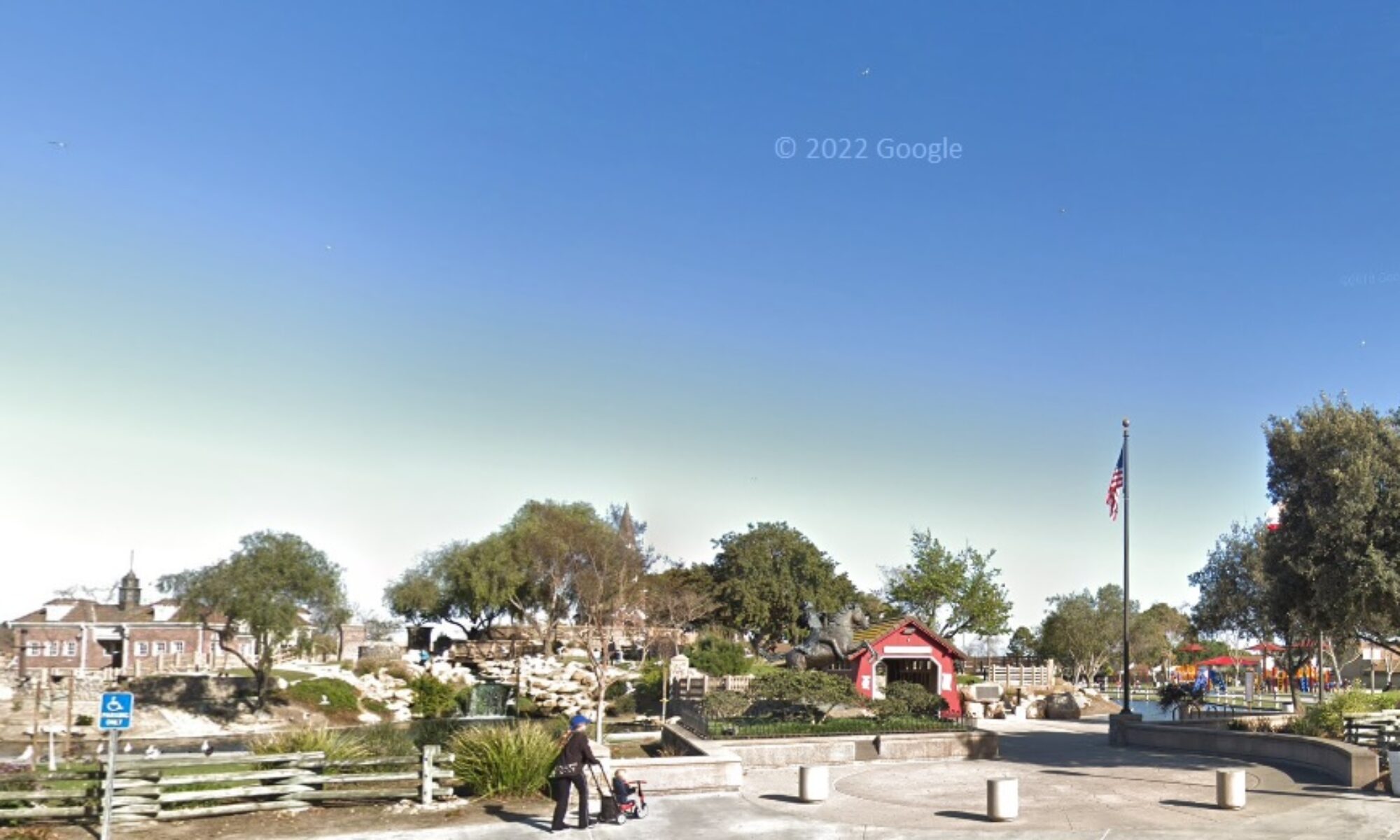By the living-pterosaur author and scientist Jonathan Whitcomb
What a wonderful world we live in, a planet that provides for so many forms of life! For many human cultures and in many periods of history, people have had no difficulty in believing in flying dragons. Persons who had not personally witnessed such a flying creature might have known somebody who had, or at least they knew of the stories of dragons and recognized that those accounts were told within a culture that believed in their reality. That’s the way things were.
Unfortunately, comparably few Westerners have had such an open mind in recent generations. People have been indoctrinated into dinosaur and pterosaur extinction for a long time in Western countries, so they assume it must be some kind of mistake when somebody reports observing a living pterosaur (dinosaurs are beyond the subject of this post).
Once I get into a sighting report or begin to interview an eyewitness, I care little about the label used for a particular flying creature. Common is the word pterodactyl, although some eyewitnesses call it a dinosaur bird or a dragon. I care much more about exactly what the person saw. I suggest using this approach.
.

Sketch by eyewitness Eskin C. Kuhn, 1971, Cuba
.
Eyewitness Reliability
Skeptics and critics have seriously misunderstood and misapplied the concept of human error in observations. I’ve often seen this kind of criticism over the past 14 years that I have been investigating reports of living pterosaurs.
A typical remark from a critic, who replies to an account of an apparent extant pterosaur, is like this: “Eyewitnesses are notoriously unreliable.” What the critic fails to realize is this: Almost all of the most important scientific discoveries involved an important observation, a human seeing something. Of course repeatable experiments count for much in science, and a sighting of an apparent living pterosaur is not repeatable, unless a photo or video was recorded, or a scientist can go to that location and see something similar, but we need to keep in mind that all scientific progress requires observing something.
We also need to know that one thing that is even less reliable than direct eyewitness testimony. I wonder if any critic has realized that he or she is observing something while dismissing a recent or an old report of a sighting of an apparent living pterosaur. The critic is observing something in his or her imagination.
Indeed, that skeptic is looking at imagined extinctions of all pterosaurs, looking at the imagined weakness in another person’s ability to comprehend what was seen by the eyes, and looking at an imagined misidentification. In other words, while reporting the unreliability of human observation and comprehension of reality, the critic is reporting his or her own observation and comprehension of reality. The skeptic is looking at what is created in the imagination.
Of course we can see opportunities for an eyewitness to make a mistake while observing something with the eyes, but how easy it is for a skeptic to make mistakes while constructing things in the imagination! And why construct in the imagination only those things that would make a sighting of an apparent modern pterosaur invalid?
I, Jonathan Whitcomb, have seen much evidence, during my 14 years of investigating this subject, solid evidence that critics are trying to protect the old popular axiom of universal extinctions of all species of pterosaurs. Perhaps the skeptics feel comfortable with the idea that science is a collection of proven facts, and one of the “facts” is that certain species became extinct many millions of years ago.
I found this kind of definition of science in dictionary.com (first definition):
“a branch of knowledge or study dealing with a body of facts or truths
systematically arranged and showing the operation of general laws:
the mathematical sciences.”
I suggest that the first part of that first definition is a poor one. Better is the second definition found just below that:
“systematic knowledge of the physical or material world gained through observation and experimentation.”
I found the following definition of “science” at the top of a Google search result (“definition of science”):
“the intellectual and practical activity encompassing the systematic study of the structure and behavior of the physical and natural world through observation and experiment.”
Why do I prefer that definition?
- It includes the word observation
- It allows for future refinements: changes and modifications to older ideas
.
Very Recent Sightings of Living Pterosaurs
This past June (2017), my wife and I (Jonathan Whitcomb) interviewed three eyewitnesses of a “dragon” in Draper, Utah. With one of the sightings, a twelve-year-old boy and his mother were watching stars when the huge creature flew over their house. Both eyewitnesses were shocked by its appearance and the boy immediately wanted to go back into the house. With the third eyewitness, a man saw the same flying creature, or one like it, earlier in 2017, as it flew over his backyard. My wife and I found these three eyewitnesses to be very credible.
Two miles from the border with Wales, in Shropshire, England, in mid-September of 2017, a lady encountered two apparent living pterosaurs. She told me much, including this: “I saw two pterodactyls, side by side, flying past the tree. Now at first I had to check myself, because the first thing I thought was ‘those are blooooody big birds, that’s no lie.’ But what struck me was that it had a giant size beak and the wings had no feathers.”
###
.
Living pterosaurs
Sightings in the southern states of the USA
.
Dragon-pterodactyl in California
A 38-year-old woman in a residential neighborhood of Lakewood, California, just northeast of Long Beach, reported a “dragon-pterodactyl” that had no feathers but a long tail . . .
.
Publications About Living Pterosaurs
This includes books, some of which only mention modern “pterodactyls” briefly, but other books are entirely about sightings of extant pterosaurs.
.
How to report a live pterodactyl
Contact the cryptozoologist who specializes in living pterosaurs: Jonathan Whitcomb.
.
Pterosaur or dragon sighting in California
A lady in Lakewood, California, saw a “dragon pteradactal” in the middle of the day, on June 19, 2012, only about twenty feet away. She was shocked to see it but she also accidentally frightened the creature.
.
About men who’ve searched for living pterosaurs
Introduces four explorers who have looked for these flying creatures:
- Paul Nation
- David Woetzel
- Carl Baugh
- Josh Gates
.
Recent Pterosaur Sightings
You don’t need to go on an expedition to Papua New Guinea to see a modern pterosaur including a long-tailed featherless ropen. For generations, Americans have been encountering these shocking flying creatures, and the sightings continue.
.
Sightings of living pterosaurs
Near Pottstown, Pennsylvania, about 40 miles northwest of Philadelphia, three children observed an apparent pterosaur flying overhead.
.
Big Bird in Draper, Utah (actually a pterosaur)
On June 26, 2017, my wife and I met with several eyewitnesses in a neighborhood of Draper, Utah, (in the southern part of the Salt Lake Valley) a few miles west of the Wasatch Mountains. Each of the four persons we talked with lived within about 300 yards of each other . . .
.




